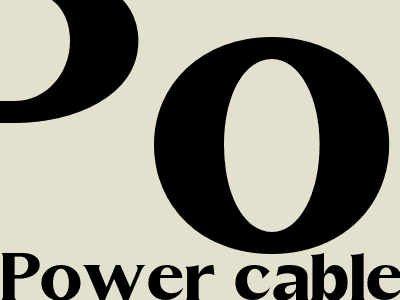
Power Cables - The Unsung Heroes of High-Voltage Transmission
Understanding the Importance of Power Cables in High-Voltage Transmission
Power cables play a crucial role in the efficient transmission of electricity over long distances at high voltages. They are an essential component of the electrical grid, ensuring reliable and uninterrupted power supply to homes, businesses, and industries.
Construction and Design of Power Cables
Cable Core
The core of a power cable consists of one or more conductors, typically made of copper or aluminum. These conductors are responsible for carrying the electrical current.
Insulation
Surrounding the core is a layer of insulation, which prevents the flow of current between the conductors and the surrounding environment. Common insulation materials include polyethylene, cross-linked polyethylene (XLPE), and ethylene-propylene rubber (EPR).
Jacket
The outer layer of the cable is the jacket, which provides mechanical protection and environmental resistance. Materials used for the jacket include polyvinyl chloride (PVC), polyethylene (PE), and polyurethane (PU).
Types of High-Voltage Power Cables
Extruded Dielectric Cables
These cables have an insulation layer that is extruded directly onto the conductor. They are known for their flexibility and ease of installation.
Laminated Dielectric Cables
Insulation in these cables is composed of thin layers of insulating material wrapped around the conductor. They offer higher voltage ratings compared to extruded dielectric cables.
Oil-Filled Cables
As the name suggests, these cables have a core immersed in insulating oil. They are suitable for high-power applications and provide excellent cooling.
Advantages of Power Cables in High-Voltage Transmission
Reduced Transmission Losses
Power cables have lower resistance compared to overhead lines, resulting in reduced transmission losses and improved efficiency.
Improved Reliability
Underground power cables are less susceptible to weather conditions and other environmental factors, enhancing system reliability.
Enhanced Aesthetics
By eliminating unsightly overhead lines, power cables contribute to a more aesthetically pleasing urban landscape.
Challenges in Power Cable Installation and Maintenance
High Cost
Power cables are significantly more expensive to install and maintain compared to overhead lines.
Thermal Management
High-voltage cables generate heat during operation, necessitating proper thermal management systems to prevent cable damage.
Limited Accessibility
Underground installation of power cables can make maintenance and repairs more challenging.
Conclusion
Power cables are essential components of modern electrical grids, facilitating the efficient transmission of high-voltage electricity. Their unique design and construction ensure reliable and secure power supply while addressing environmental concerns. Advances in technology and materials continue to enhance the performance and longevity of power cables, supporting the growing demands of our electrified society.